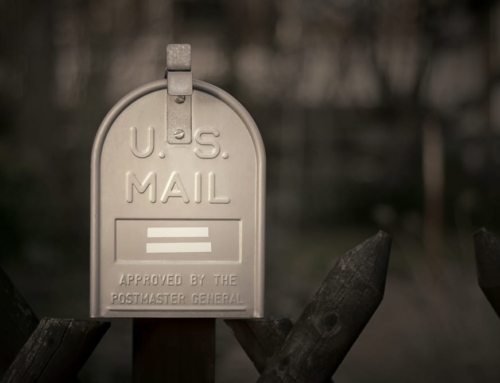With interest rates bouncing up a quarter of a point one week and down a quarter point the next, it seems like a good time to discuss when you should make the decision to refinance.
When should you refinance? When you can save money, says Dick Lepre, senior loan officer with the San Francisco-based Homeowners Finance Center, a mortgage brokerage firm.
It sounds like obvious, but good, advice. Often, homeowners rush to refinance when they hear that interest rates have fallen. That’s a good start, but if you don’t act quickly enough, rates in this market might have risen again before you place your first call to your lender.
Also, homeowners sometimes fail to include the lender’s fees into their total cost figure. If you’re trying to decide when you’ll start saving money, it helps to know all the costs involved.
Lepre has identified five situations where homeowners should consider refinancing.
- The No-Cost Refinancing. If you have a fixed-rate loan and can refinance for “no-cost”; which means basically that there is a lower rate with no out-of-pocket fees, you should refinance. “From my perspective,” says Lepre, “if I can wave my hands at your 30-year fixed rate mortgage and leave the balance where it is and lower the interest rate, you are foolish not to do it.”
You may still be able to save money even if you are several years into the loan. If you are, say, just starting year 5 of your loan, the refinance can amortize your loan over 25 years, rather than 30. That way, you are still paying off the loan in the same amount of time. And with the lower balance, you may be saving thousands of dollars in interest over the life of the loan.
The key is to be certain that no out of pocket costs will be charged. And check with several lenders to make sure that the interest rate you’re being charged is the best one you can get from a reputable company.
- The Rising ARM. Adjustable rate mortgages (ARMs) are normally fixed for a certain period of time, and then the rate moves — usually up. If you are coming to the end of the fixed period for your ARM (whether it is a 1-year, 3-year, 5-year, 7-year, or 10-year ARM), you should consider refinancing with a 1-year “no-cost” Treasury ARM. If you can keep the same index and margin, says Lepre, you’ll be able to lower your rate for a year while you consider your options.
Lepre recommends staying in touch with your mortgage broker during the year so that when the year is up, you’ll have finalized your mortgage options.
- Nervous Nellies. Historically, over the long term, homeowners who have financed their purchases with ARMs have done as well or better than homeowners who used fixed-rate loans. Despite the historical data, some people just don’t feel comfortable knowing their loan’s rate can drift up 5 or 6 points.
In fact, if you’re the kind of person who worries about having an adjustable rate loan, you probably shouldn’t have one, experts say. Even if you’ve already saved thousands of dollars with an adjustable, you should consider refinancing to a fixed-rate loan. For some people, the comfort factor alone is worth whatever extra interest you end up paying.
- Balloon Loans. Balloon loans typically don’t convert into either an ARM or a fixed-rate loan, though some do come with a conditional right to refinance. When the 3, 5, or 7-year term of the loan expires, you’re expected to pay up in full. But most homeowners don’t want to wait until the very last day their loan term expires to have new financing in place. If you have a balloon loan that is expiring in less than two years, you should begin thinking about what kind of loan should replace it. Talk to several mortgage brokers and bankers to find out what will suit your long-range plans for your home.
- The Cash-Out. You may want to remodel your home, add an addition, send your kids to college, or pay off credit card debt. Whatever the reason, you may want to tap into your home equity to pay for some of these items.
There are two ways to go. You could refinance your entire loan for a larger amount, and take out the extra cash this generates. Or, you could take out an equity line of credit and use the credit line to pay expenses as they come alone. There are pluses and minuses for each system. If you refinance for a larger amount, you’ll get the cash all at once; that’s great if you need it in a lump sum, but not so useful if you need it in dribs and drabs. The equity line of credit can work well, but your interest rate will likely be higher than with a regular first mortgage.
Oct. 17, 2003.






Leave A Comment